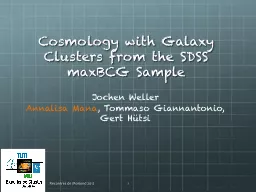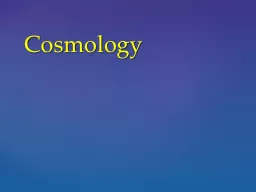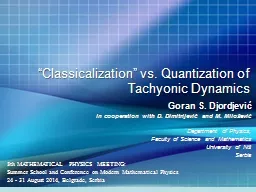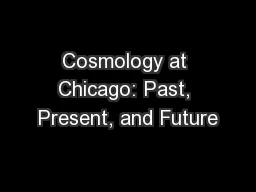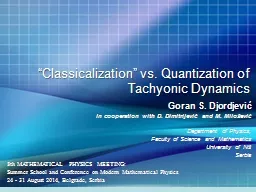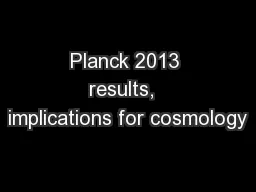PPT-Physical Cosmology I
Author : danika-pritchard | Published Date : 2017-06-05
6 th Egyptian School for HEP Thermal History Amr El Zant CTPBUE Google Cosmic History Images Things L ike This talk Subject Matter Our universe is expanding
Presentation Embed Code
Download Presentation
Download Presentation The PPT/PDF document "Physical Cosmology I" is the property of its rightful owner. Permission is granted to download and print the materials on this website for personal, non-commercial use only, and to display it on your personal computer provided you do not modify the materials and that you retain all copyright notices contained in the materials. By downloading content from our website, you accept the terms of this agreement.
Physical Cosmology I: Transcript
Download Rules Of Document
"Physical Cosmology I"The content belongs to its owner. You may download and print it for personal use, without modification, and keep all copyright notices. By downloading, you agree to these terms.
Related Documents



